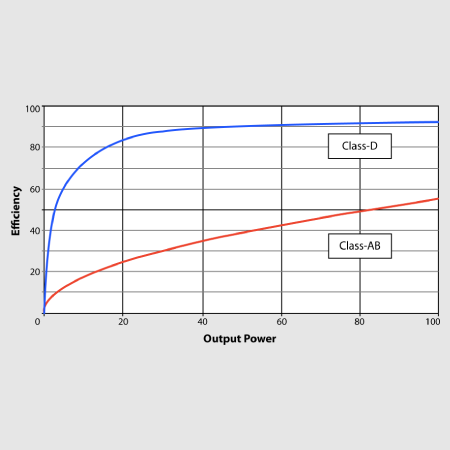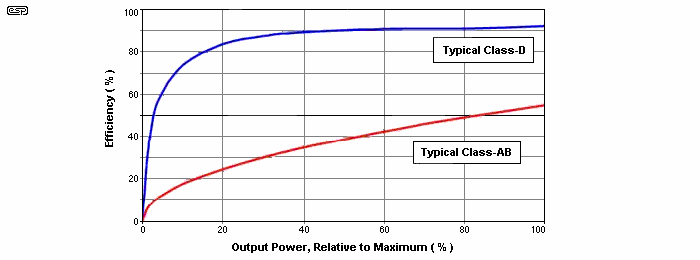class ab vs class d power consumption
253 W for Class B and 302 W for Class A. For example your idle current is 05mA and peak is 035mA from idle.

Amplifier Classes And The Classification Of Amplifiers
Rated power output doubles into 4 ohms.

. I do believe that the difference is much larger when the amps arent running at full capacity which is all the time unless you like to listen to test tones. Modern class D amps are every bit as good as class AB per the measurements and are better in many regards efficiency weight etc. If youve ever glanced at the specifications sheet for an amplifier one of the things you may have noticed is the amplifiers class.
A typical class D dissipates less at its full rated power than a class B dissipates on no-signal. For class D to amplify without distortion the switching of the class D amp must be orders of magnitude faster than the frequency of the highest freq signal to be amplified ie. Class D amps also known as digital amplifiers work by shifting the sample frequency at which they operate up to extremely high frequencies.
Microprocessor oversees all important aspects of amplifier operation. Lets say the maximum drive power of both amps is 100 watts per channel. Then positive peak is 05035085mA negative peak is 05-035015mA but in all of those cases current is greater than zero.
So far we only mentioned biasing current but. Class D amplifiers are very efficient around 90 and are actually very good. Another advantage of the class-D amplifier is.
These class D seem to have massive power ratings. Compared to an equivalent class-AB device a class-D amplifiers lower losses permit the use of a smaller heat sink for the MOSFETs while also reducing the amount of input power required allowing for a lower-capacity power supply design. Pass class AB amps sounds great in class A and B.
A 1000 watt amplifier for instance might be called upon to deliver up to 60 volts at a current of up to 16 amps. Put a good class D and Class AB beside each other with a proper setup and you will not be able to tell the difference. They went from class AB to D.
Class A conducts all the time because it is biased so. AB is notable worse than B at low volume defining class B as Doug Self does. But class D is great for subwoofer amps and even in some amp it can be good.
The Pioneer receivers in class D sound like shit. Im very surprised that BASH amplifiers arent more common these days. 3 pairs of outputs per channel15x more than typical for this power output.
The output bias is set so that current flows in a specific output device. Class AB output stage not D. In doing so they use MUCH smaller power transformers which takes up far less interior spacesomething that is always at a premium in subwoofers.
Crest Audio Pro-LITE 75 Professional Power Amplifier Class-D amplifiers are very efficient in comparison to Class-AB which allows for smaller and lighter form factors as well as much cooler operation. Joined Oct 10 2011. Power amps have a tough job to do particularly in live sound.
Class C amplifier is tuned amplifier which works in two different operating modes tuned or untuned. In this case the Class D efficiency is reduced to 78from 90 at higher power. Class AB operation allows both devices to be on at the same time like in class A but just barely.
Current DC offset temperature. Typically denoted by a letter or two the most common amplifier classes used in consumer home audio today are Class A AB D G and H. Therefore class-D amplifiers are typically smaller than an equivalent class-AB amplifier.
When you compare the old one with the new the old ones are more musical and even have a better 3 Dimensional stage. High efficiencygreater than 90. Class-B amplifiers are found in applications that require efficient power consumption such as when powered by a battery.
In some cases it saves almost 10 of interior. I believe i remember reading somewhere that efficient class ab amps are around 60 efficient at full output and efficient class ds are around 80-84 at full output. Very high-power potential 400 to 500 W in a small package.
The main drawback of class A amps is their ineffectiveness - they have a theoretical efficiency limit of only 50. Restricting class B designs to power consumption critical applications eg battery operated equipment such as 2-way radio and other communications audio. Class C amplifier uses less than 180-degree conduction angle.
So for example is it really OK to run a speaker with max power rating of 150W with these hypex ncore amps rated. Class A you can tell the difference between other types but it still isnt much. Under this condition 282 mW is dissipated inside the Class D output stage vs.
The loading on the power transformer is also reduced by a substantial amount allowing the use of a smaller transformer for the same power output. Been reading through the Class D amp reviews here and elsewhere and a point of confusion for me are the power ratings and their accuracy. Less power consumption and lower heat generation.
Again no noise or noise-shaping applied. Class A Class B and Class D. Maximum 80 efficiency can be achieved in radio frequency related operations.
The problem with class A is it uses a huge amount of power compared to other types so you will not see anything larger than 50-100 watt output amps. In other words they need to consume a lot of power and dissipate it as heat in order to generate useful signal. Like the title says can someone give me an estimate of how much power a class AB amplifier and class D amplifier would use to drive 9 channels at 10 watts each.
These classes arent simple grading systems but descriptions of the. Class-B amplifiers are found in applications that require efficient. The high power efficiency of Class D amplifiers translates into less power consumption for a given output power but more importantly it reduces heatsink requirements drastically.
And dont forget that 1000 watts equal to 1 kilowatt provided by an electric radiator would probably be enough to keep your. The subs all have BASH amplifiers which have a Class D front end and a Class AB back end - so you get the minimal power draw associated with pure Class D amp designs yet you retain the traditional sound of Class AB amplifiers. Class D rules efficiency comparisons totally until you add classes G and H into the question.
But even 78 is much better than the Class B and Class A. The efficiency of Class C amplifier is much more than the A B and AB.

What Are The Different Types Of Audio Amplifier Classes Audioholics

Amplifier Classes And The Classification Of Amplifiers
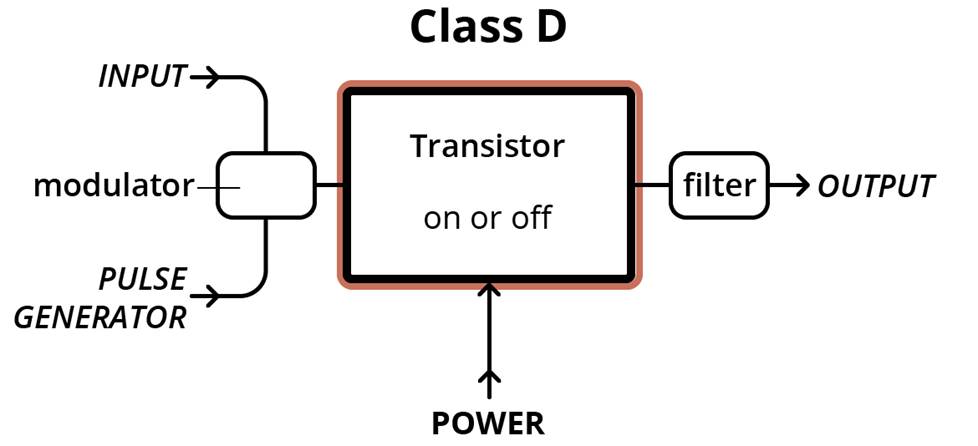
Which Amplifier Class Is The Best How Class D Amplifier Technology Differs From Class A And Ab
Class D Power Amplifier Power Electronics News

Class D Audio Amplifiers What Why And How Analog Devices

What Are The Different Types Of Audio Amplifier Classes Audioholics
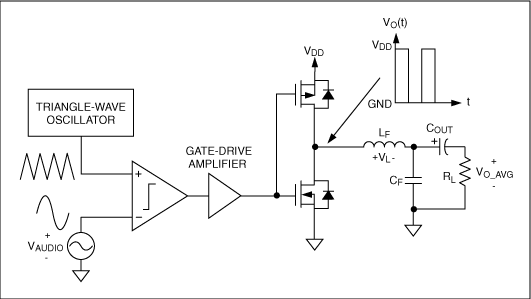
Fundamentals Of Class D Amplifiers Maxim Integrated

Which Amplifier Class Is The Best How Class D Amplifier Technology Differs From Class A And Ab

Class D Audio Amplifiers What Why And How Analog Devices

Amplifier Classes And The Classification Of Amplifiers

The Class D Amplifier Is The Star Of Acoustic Vehicle Alerting Systems St Suggests News
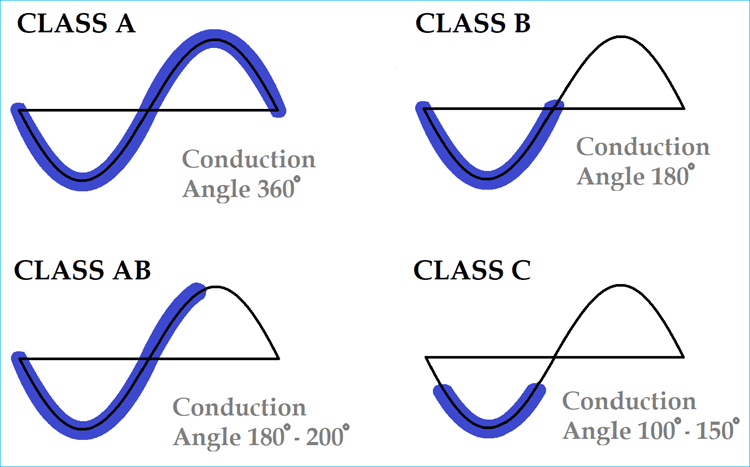
Classes Of Power Amplifiers Class A B Ab C D Amplifiers Explained
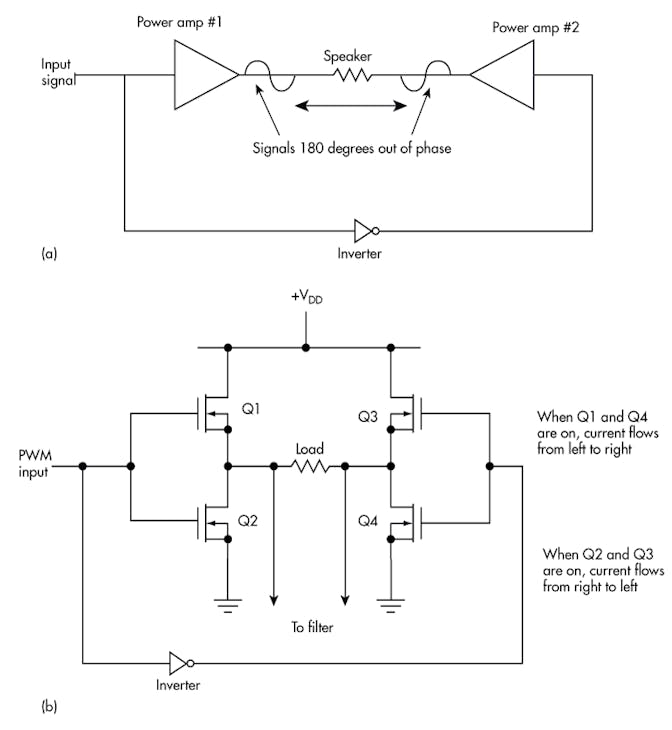
Transitioning From Class Ab To Class D In Automotive Audio Systems Electronic Design
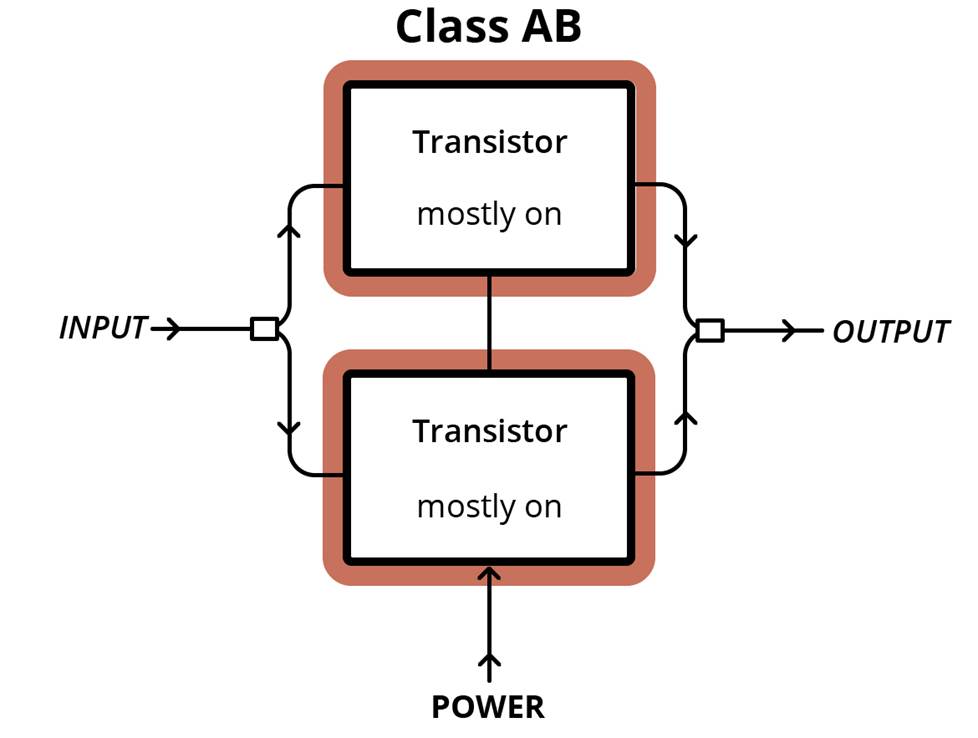
Which Amplifier Class Is The Best How Class D Amplifier Technology Differs From Class A And Ab
